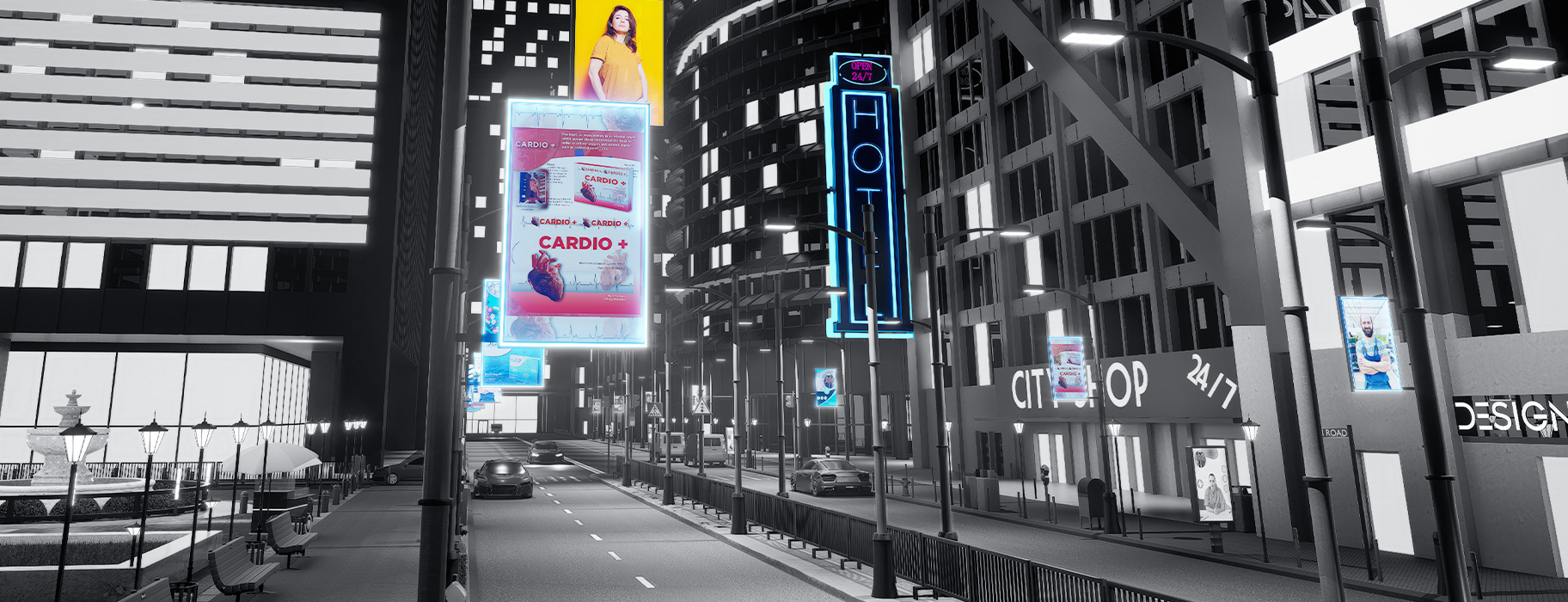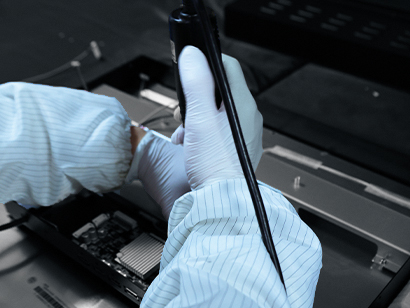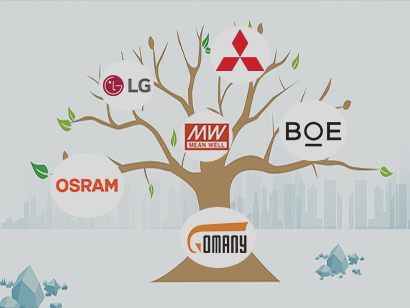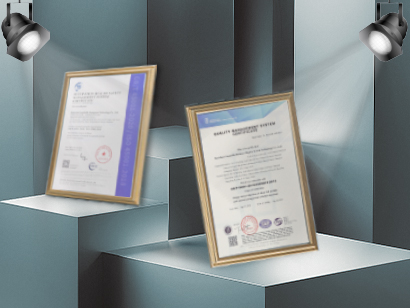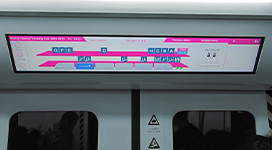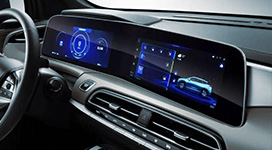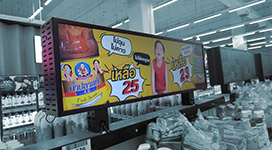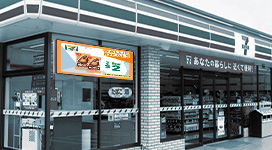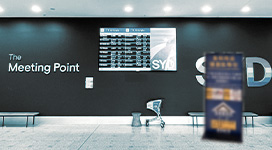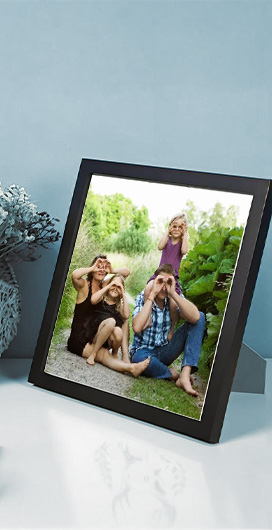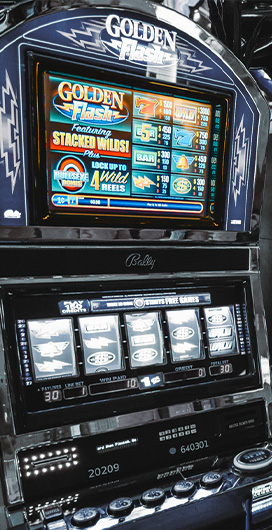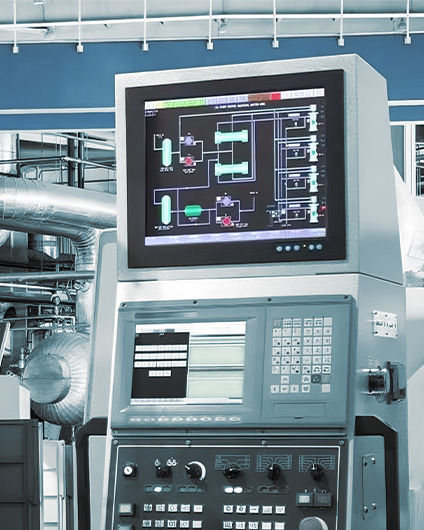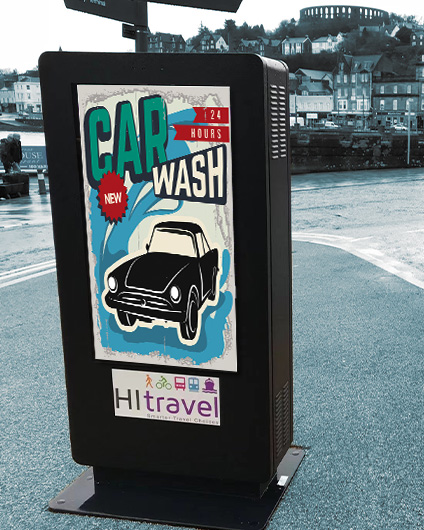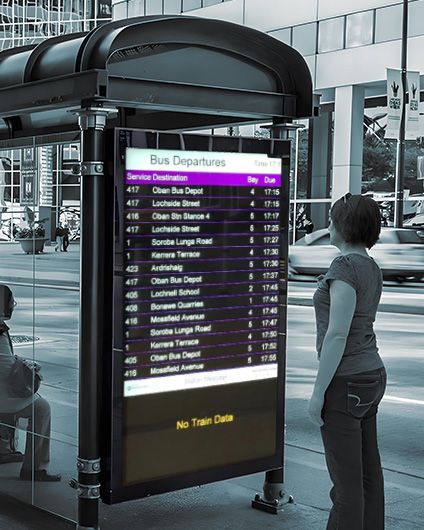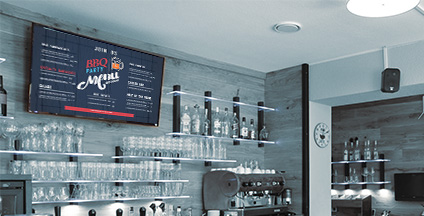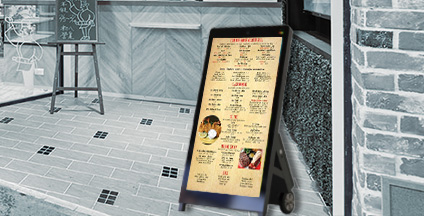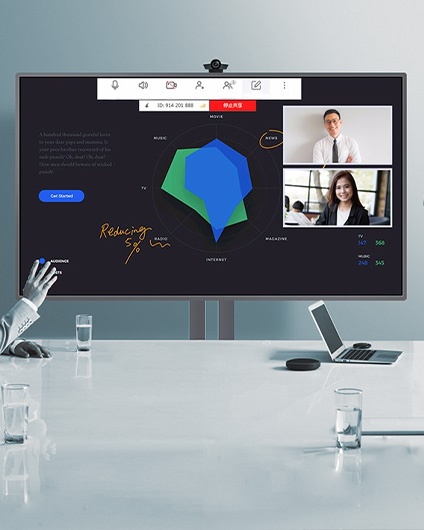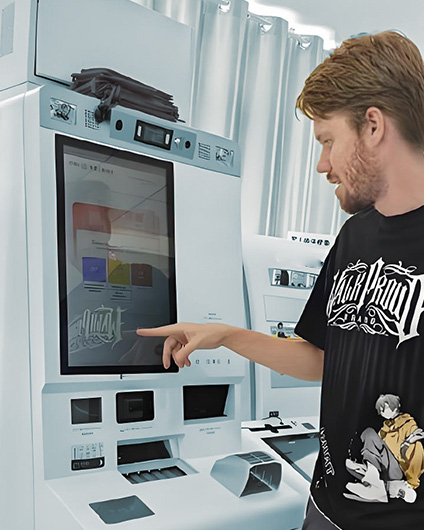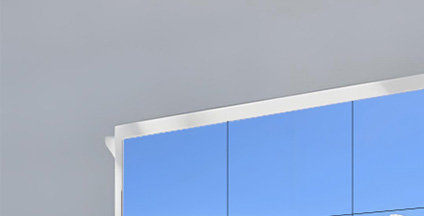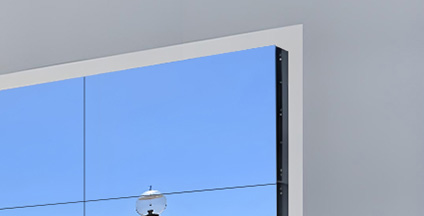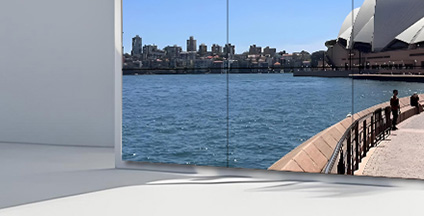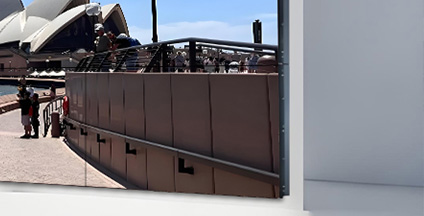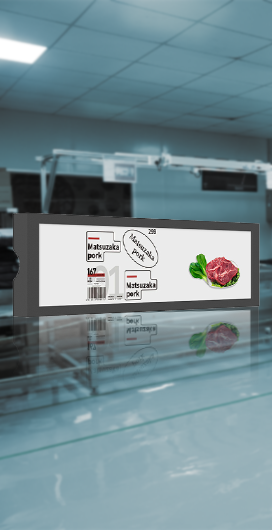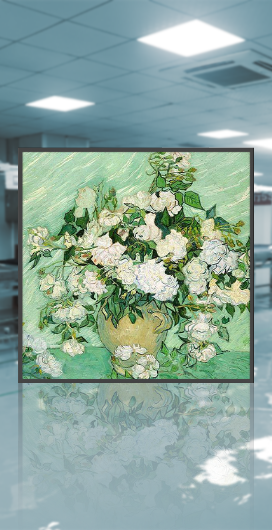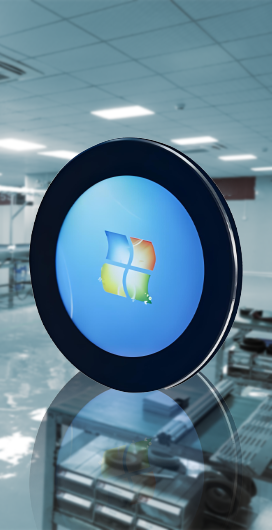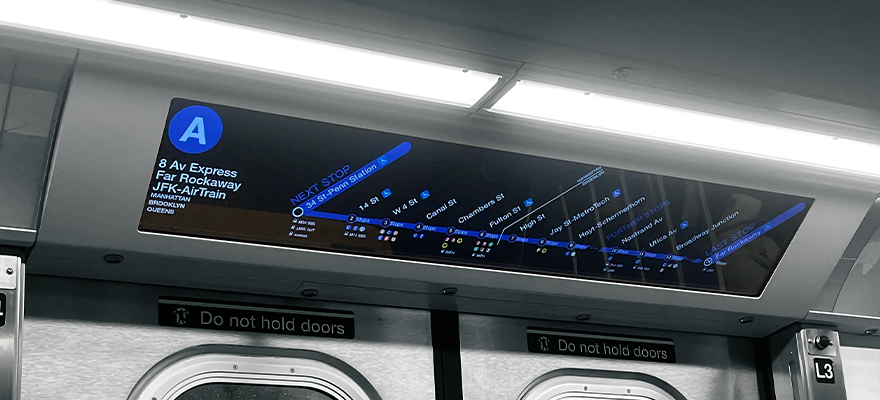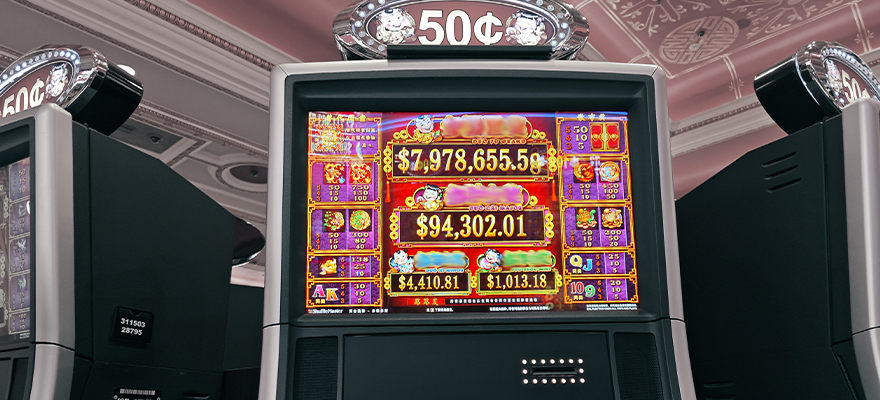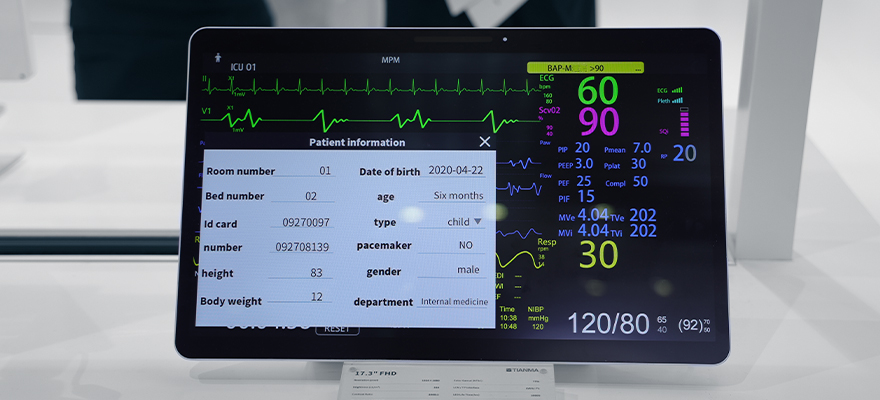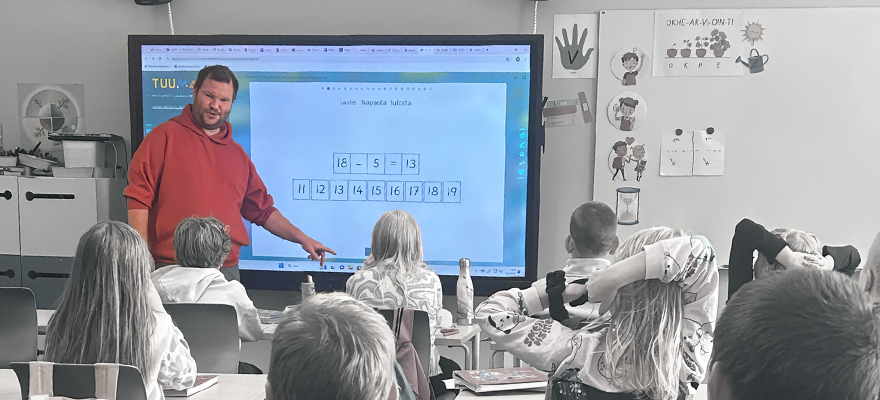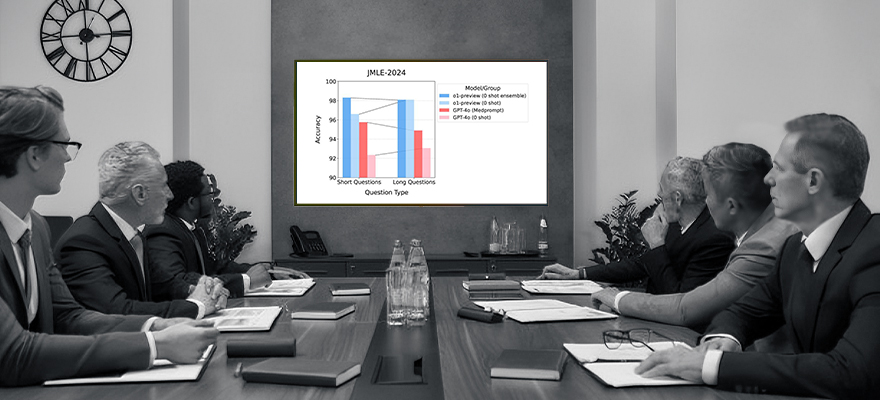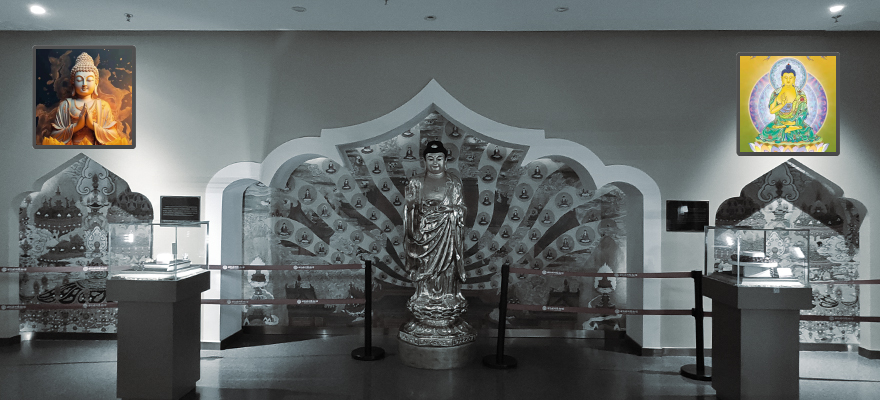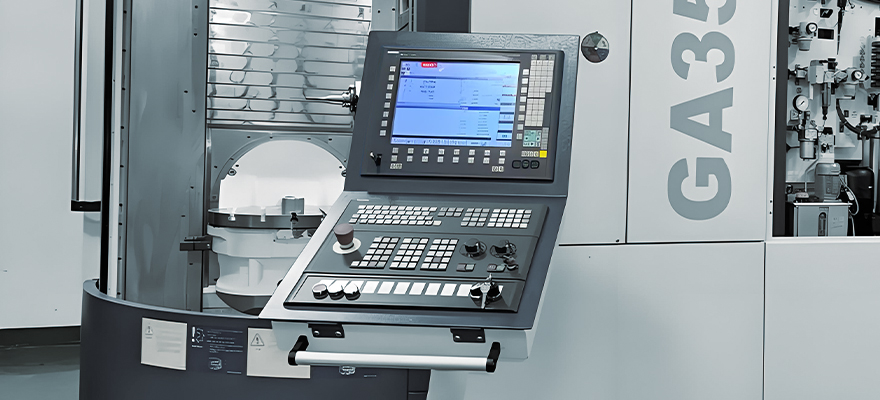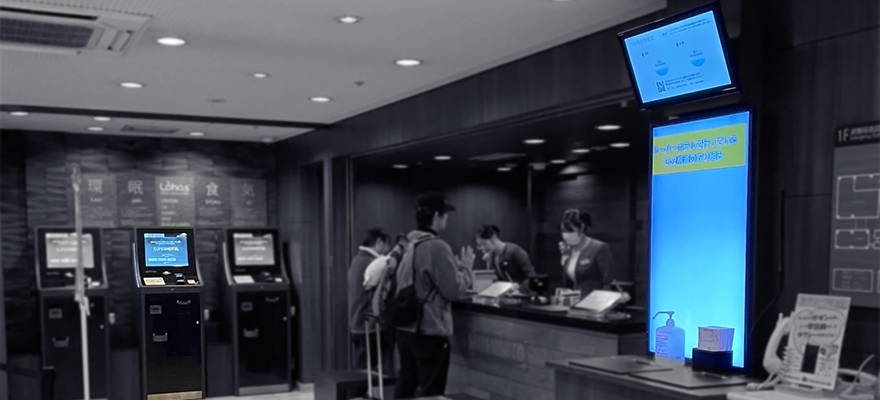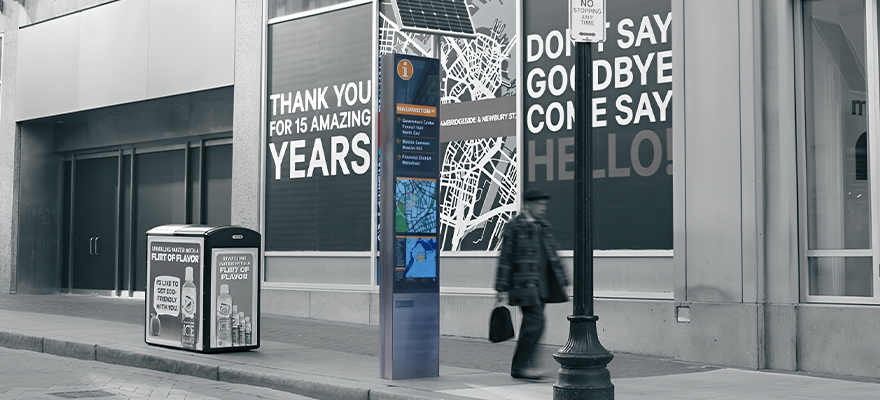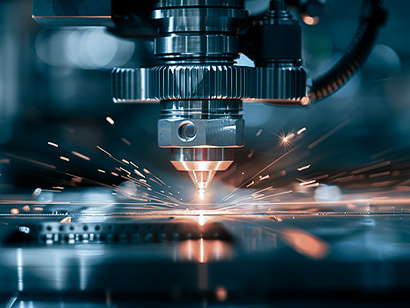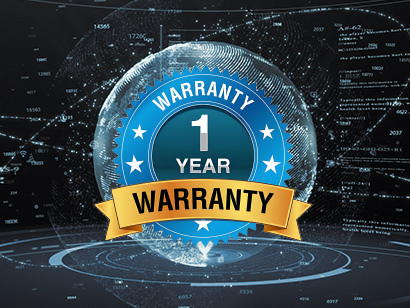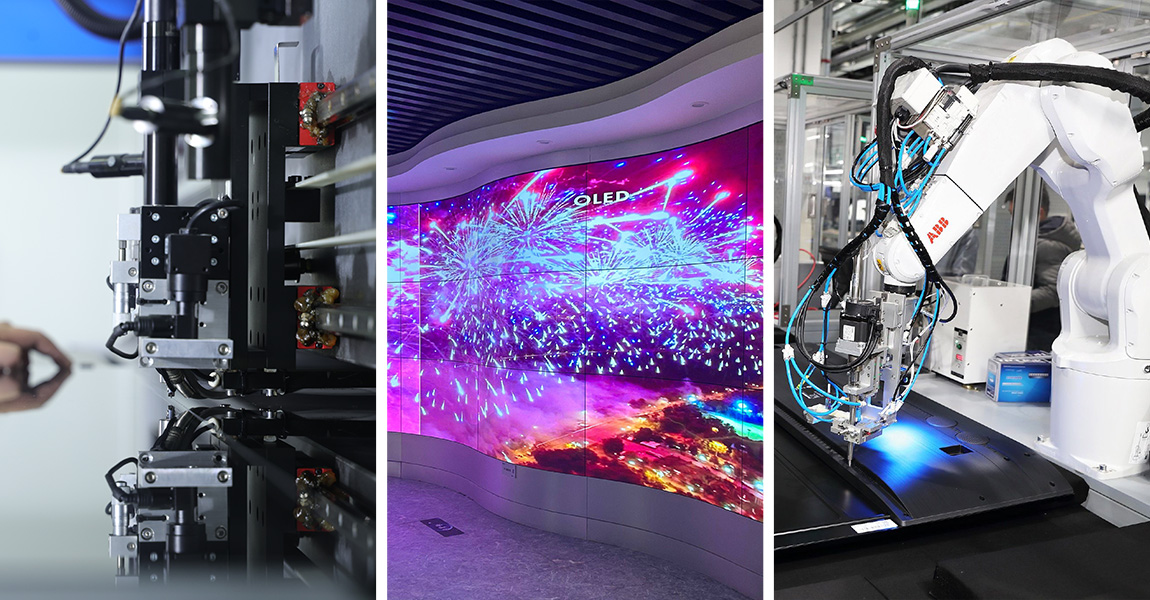TFT-LCD (Thin-Film Transistor Liquid Crystal Display) liquid crystal glass cutting technology is one of the key processes in bar LCD display manufacturing, which directly affects product yield, performance and cost. The following are the main process flow and key technical points of TFT-LCD glass cutting technology:
TFT-LCD Glass Substrate Structure
Before cutting, you need to understand the stacking structure of liquid crystal OC:
Upper Glass Substrate:Covering color filter (CF).
Lower Glass Substrate:Integrated thin film transistor (TFT) array.
Middle Layer: Liquid crystal material and sealant frame.
Edge Area: Contains driving circuit and electrode leads.
When cutting, it is necessary to avoid damaging the internal circuit and liquid crystal layer, while ensuring the edge flatness and strength.
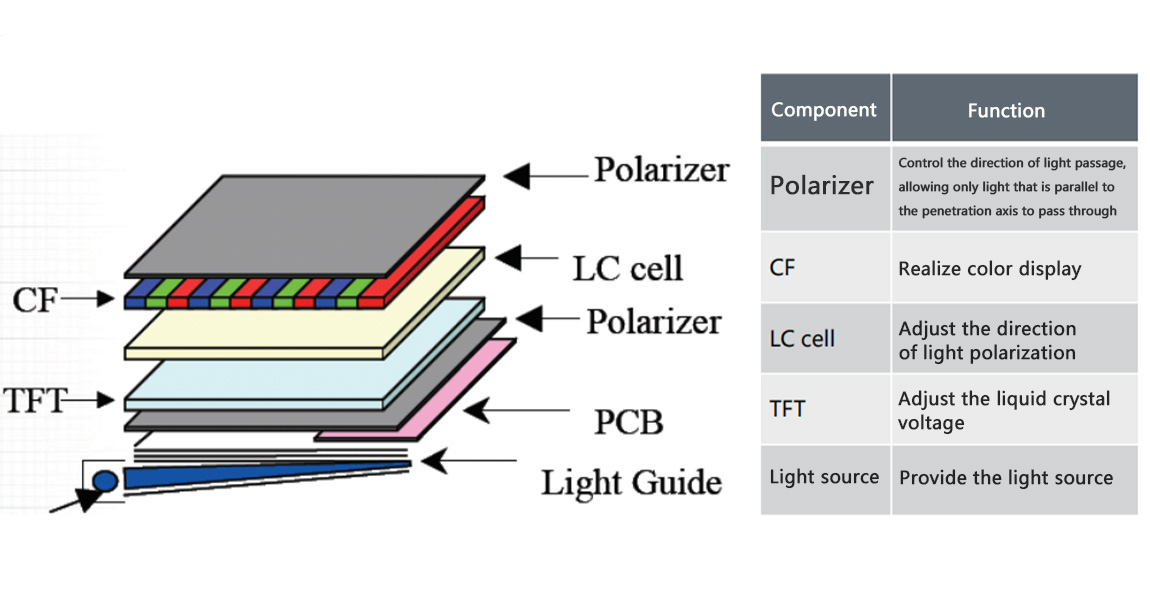
LCD Display Cutting Process
1. Marking
Purpose: Pre-mark the cutting line position on the glass substrate.
Method: Laser or mechanical marking to ensure the accuracy of the cutting path.
Key Parameters: Marking depth and width must match the subsequent cutting process.
2.Cutting
Technical Classification:
Mechanical Cutting (Scoring And Breaking Cutting):
Use a diamond knife wheel to cut along the marked line at high speed to form an initial crack.
Advantages: low cost and high efficiency.
Disadvantages: easy to produce micro cracks (collapse), not suitable for ultra-thin glass (<0.3mm).
Laser Cutting:
Use short-pulse lasers (such as UV lasers or picosecond lasers) to cut glass non-contact.
Principle: Form cutting lines through thermal stress or photo-ablation.
Advantages: high precision (±5μm), no collapse, suitable for flexible or ultra-thin glass.
Disadvantages: high equipment cost, need to accurately control laser parameters (wavelength, energy, pulse frequency).
3.Breaking
Purpose: To separate the cut glass into independent units along the cutting line.
Methods
Mechanical Pressure Breaking: Apply pressure through rollers or vacuum suction cups to expand the cracks.
Laser-assisted Breaking: Use laser thermal stress to assist separation and reduce edge damage.
Key Points: The breaking angle and force must be controlled to avoid residual fragments or edge damage.
4.Edge Grinding
Purpose: Remove burrs after cutting and improve edge strength and flatness.
Process:
Use diamond grinding wheel for rough and fine grinding.
Chamfering: Reduce stress concentration and prevent breakage during subsequent handling or assembly.
5.Cleaning And Testing
Cleaning: Remove glass debris and contaminants produced by cutting.
Testing
Optical Testing: Check for defects such as edge chipping and cracks.
Strength Testing: Evaluate edge bending strength through a four-point bending test.
Key Technical Challenges
1. Ultra-thin Glass Cutting: Glass with a thickness of <0.3mm is prone to warping and requires laser cutting or improved mechanical blade wheel design.
2. High-precision Alignment: Multi-layer glass (such as Cell and CF substrates) requires strict alignment, and the cutting error must be controlled within ±10μm.
3. Reduce Microcracks: Laser cutting can reduce cracks by controlling the heat affected zone (HAZ), and mechanical cutting requires optimization of blade wheel parameters (angle, pressure).
4. Environmental Protection And Efficiency: Dry cutting (without coolant) and automated systems have become a trend, reducing pollution and increasing production capacity.
Applications And Trends
Large-size Panels: Substrates above the 10th generation line (such as 2880×3130mm) require high-stability cutting equipment.
Flexible Display: Laser cutting technology is suitable for special-shaped cutting of new displays such as flexible OLED (such as bangs screen, curved screen).
Intelligence: Combine machine vision and AI algorithms to achieve automatic defect detection and process optimization.
Main Equipment Suppliers
Mechanical Cutting: Japan Disco, Israel Orotronic.
Laser Cutting: Germany TRUMPF, United States Coherent, China Han's Laser.
The following is a detailed description of the TFT-LCD glass substrate cutter wheel cutting process, covering its principles, processes, key parameters and optimization methods:
The Basics Of Scoring And Breaking
Scoring and Breaking is a process that mechanically cuts the glass surface to form cracks, and then uses external force to expand the cracks to achieve separation. Its core is divided into two steps:
1. Scoring: The diamond wheel cuts across the glass surface at high speed, forming an initial crack with a depth of about 10%-30% of the glass thickness.
2. Breaking: Mechanical pressure or bending stress is applied to make the crack extend vertically along the scoring line and separate the glass.
Scoring And Breaking Process
Cutter Wheel Selection And Installation
Cutter Wheel Material: Diamond particles (particle size 5-30μm) sintered or electroplated on a tungsten steel substrate to ensure wear resistance and sharpness.
Cutter Wheel Parameters
Edge Angle: Usually 110°~130°, the smaller the angle, the deeper the cut, but it is easy to wear.
Cutter Wheel Diameter: Φ50~80mm is commonly used, and large diameter cutters are suitable for thick glass (>0.7mm).
Cutter Tip Shape: V-shaped or arc-shaped, which affects the crack propagation path.
Installation Accuracy: The verticality error between the cutter wheel and the glass plane must be <0.005mm to prevent offset cutting.
Scoring Process
1. Pre-positioning: Align the marking line (Marking) on the glass substrate through the CCD visual system, with a positioning accuracy of ±5μm.
2. Apply Pressure: The knife wheel contacts the glass surface with a constant pressure (5~20N). Too much pressure will cause edge collapse, and too little pressure will result in insufficient cutting depth.
3. High-speed Scoring: The knife wheel moves along the cutting line at a linear speed of 100~300mm/s, while rotating at high speed (3000~6000rpm).
4. Crack Formation: The knife tip generates compressive stress on the glass surface, forming vertical cracks (Median Crack) and transverse cracks (Lateral Crack) with a depth of about 10~50μm.
Key Parameters:
Cutting Depth: Generally 10%~30% of the glass thickness (e.g. 0.5mm glass needs to be cut 50~150μm).
Scoring Speed: Too fast speed will cause discontinuous cracks, and too slow speed will reduce efficiency.
Knife Wheel Pressure: precisely controlled by servo motor or pneumatic system, error <±0.5N.
Breaking
Breaking Method:
Roller Breaking Method: Use a rubber roller to apply pressure (50~200N) along the cutting line to make the crack expand downward.
Three-point Bending Method: The glass is supported on both sides, vertical force is applied in the middle, and the bending moment is used to separate.
Vacuum Suction Cup Method: The suction cup absorbs one side of the glass and achieves cracking by tilting or stretching.
Key Points Of Breaking:
Crack Guidance: It is necessary to ensure that the initial crack penetrates the thickness of the glass, otherwise it is easy to produce oblique cracks or fragments.
Stress Distribution: The stress concentration coefficient needs to be controlled at 1.5~2.0 during cracking to avoid edge collapse.
Environmental Temperature And Humidity: Temperature 25±2℃, humidity 40%~60%, to prevent water vapor adsorbed on the glass surface from affecting crack expansion.
Edge Processing
Necessity: There are micro cracks on the edge after the cutter wheel cuts (the depth of the chipping edge is about 10~30μm), which requires subsequent treatment.
Grinding Process:
Rough Grinding: Use #400~#800 diamond grinding wheel to remove burrs.
Fine Grinding: Use #2000~#3000 grinding wheel for polishing, with a roughness Ra<0.1μm.
Chamfering: The edge is processed into 45° or arc shape to eliminate stress concentration.
Advantages And Disadvantages Of Scoring And Breaking Cutting
Advantages
Low Cost: Equipment investment is only 1/5~1/3 of laser cutting.
High Efficiency: Suitable for mass production (such as G6~G10.5 generation line substrates).
Mature Process: Suitable for soda-lime glass or alkali-free glass with a thickness of 0.3~1.1mm (such as Corning Eagle XG).
Disadvantages
Chipping: Horizontal cracks cause micro-defects on the edge, affecting strength.
Thickness Limit: Ultra-thin glass (<0.3mm) is prone to warping and has a low cutting yield.
Tool Wear: The life of the diamond wheel is about 50~100km cutting length and needs to be replaced regularly.
Process Optimization Methods
Technology To Reduce Edge Chipping
Optimization Of Blade Wheel Parameters:
Use a small angle blade tip (110°) with low pressure (8~12N) to reduce transverse cracks.
Use The "Double Blade Wheel" Process: the first blade is shallow cutting (5% thickness), and the second blade is deep cutting (20% thickness).
Fragmentation Control:
Apply reverse bending stress during fragmentation to inhibit the expansion of transverse cracks.
Use laser-assisted fragmentation: Use low-power laser to locally heat the cutting line, soften the glass and reduce edge chipping.
Extend The Life Of The Blade
Coating Technology: Diamond-like carbon (DLC) coating is applied to the surface of the blade to reduce the adhesion of glass debris.
Cooling System: Compressed air or ethanol is sprayed to reduce the temperature of the blade tip and delay wear.
High-precision Alignment
Visual Compensation System: adjusts the blade path through real-time image feedback to compensate for thermal expansion or mechanical deformation of the glass.
Dynamic Pressure Control: automatically adjusts the cutting pressure according to the thickness of the glass (e.g. 10N for 0.5mm glass, 18N for 1.1mm).
Application Scenario
Large-size LCD Panels: such as G8.5 (2200×2500mm) substrates for TVs, the cutting efficiency of the cutter wheel is significantly superior.
Standardized Rectangular Cutting: suitable for regular-shaped panels such as mobile phones and monitors.
Low-cost Production Lines: small and medium-sized panel factories or products with less stringent edge requirements.
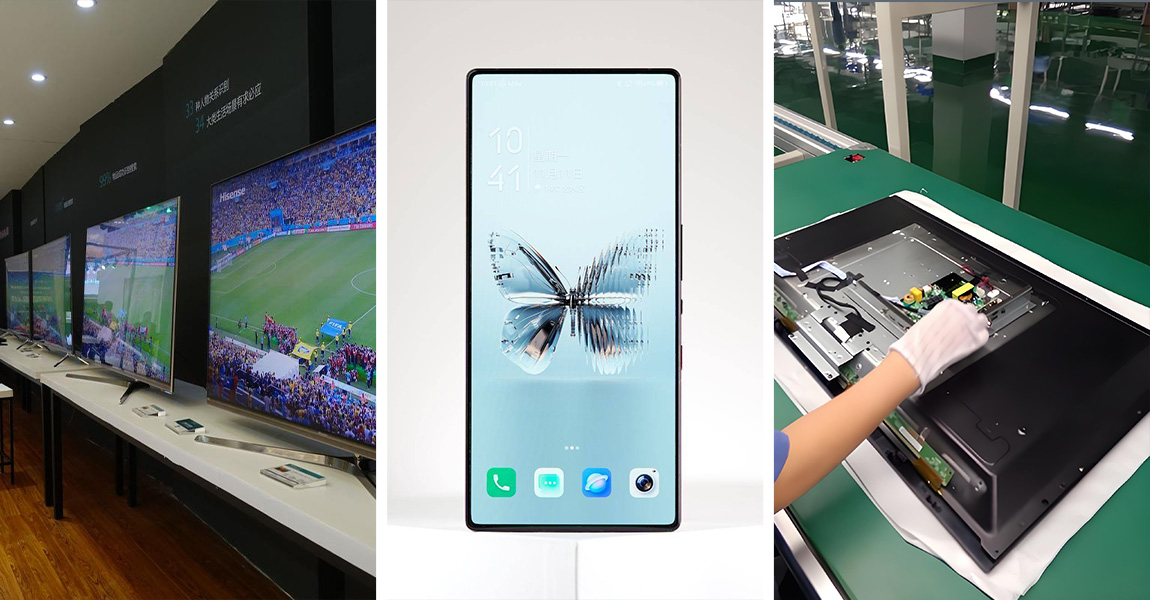
The Trend Of Technological Development
Hybrid Process: rough cutting with blade wheel + laser finishing, taking into account both efficiency and quality.
Intelligent Upgrade: integrated AI to monitor edge collapse in real time and dynamically adjust cutting parameters.
Superhard Blade Wheel Material: nano-diamond composite blade wheel, lifespan increased to more than 300km.
conclusion
Scoring and breaking cutting technology is still one of the mainstream processes of TFT-LCD, especially in large-size and cost-sensitive fields. In the future, through material innovation and process optimization, its accuracy and scope of application are expected to be further improved.


![]() Retail Digital Display Solution
Retail Digital Display Solution![]() Public Transportation Digital Signage Solution
Public Transportation Digital Signage Solution![]() Entertainment Digital Display Solution
Entertainment Digital Display Solution![]() Healthcare Digital Display Solutions
Healthcare Digital Display Solutions![]() Education Digital Signage Solutions
Education Digital Signage Solutions![]() Corporate Digital Display Solutions
Corporate Digital Display Solutions![]() Art Digital Display Solution
Art Digital Display Solution![]() Industrial Digital Display Solutions
Industrial Digital Display Solutions![]() Hotel Digital Signage Solutions
Hotel Digital Signage Solutions![]() Outdoor Digital Signage Solutions
Outdoor Digital Signage Solutions